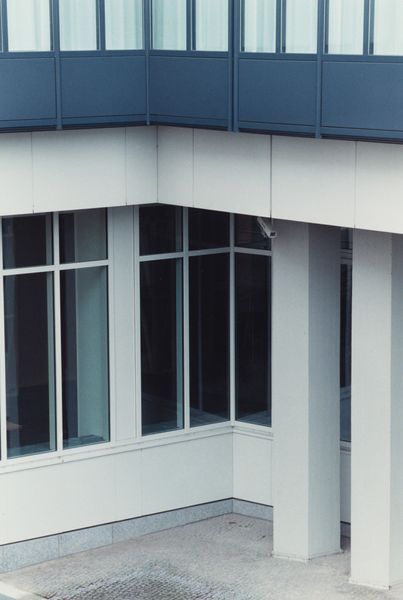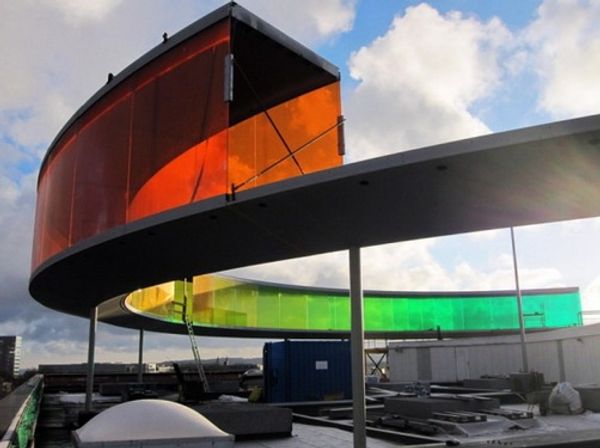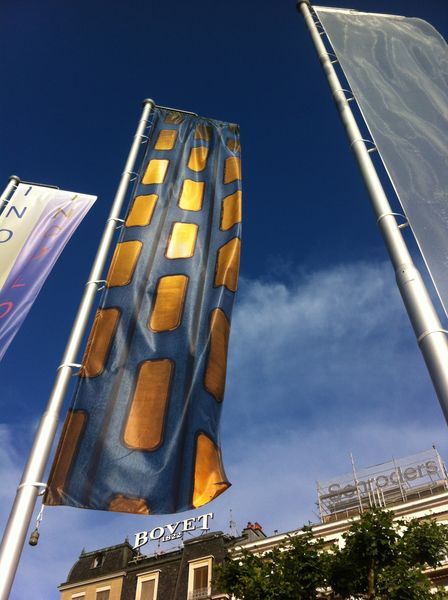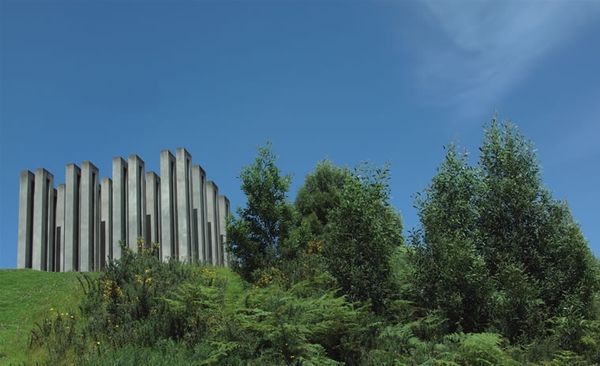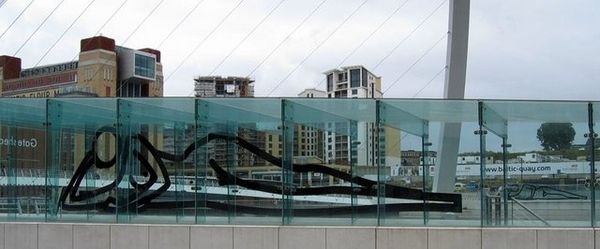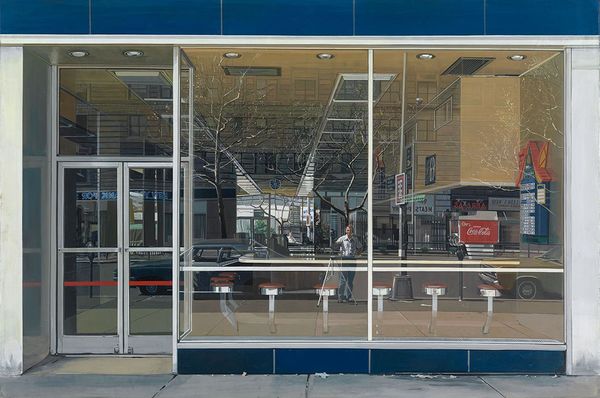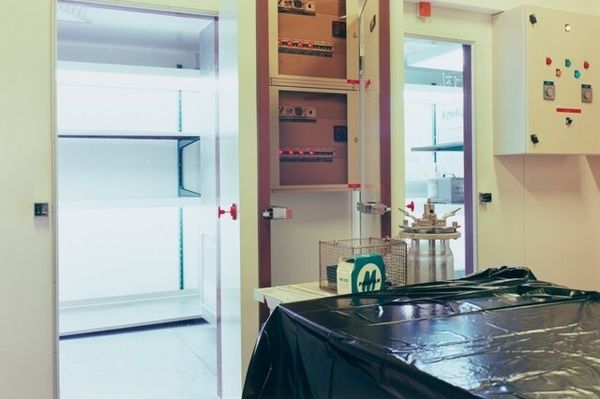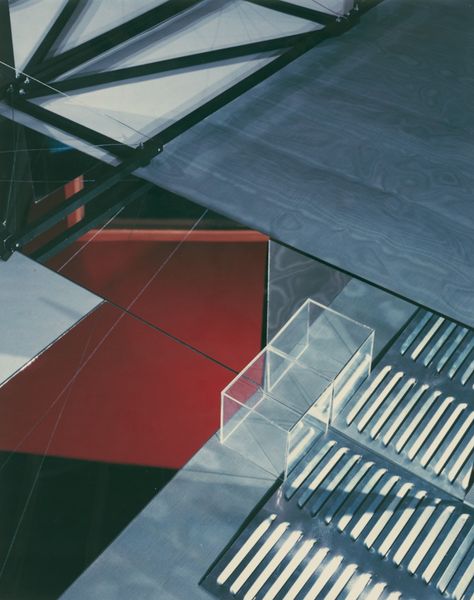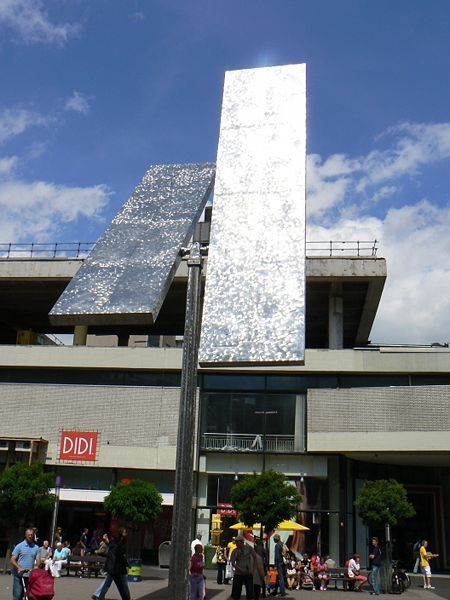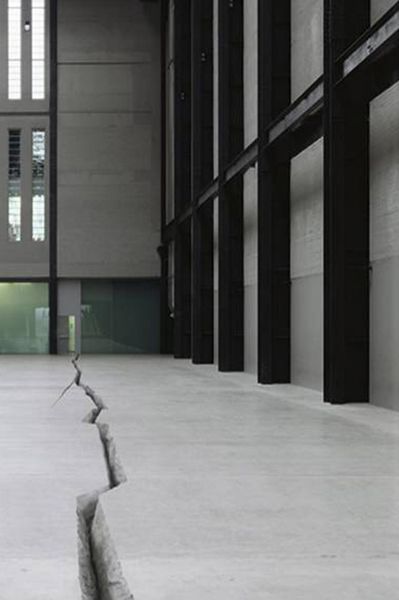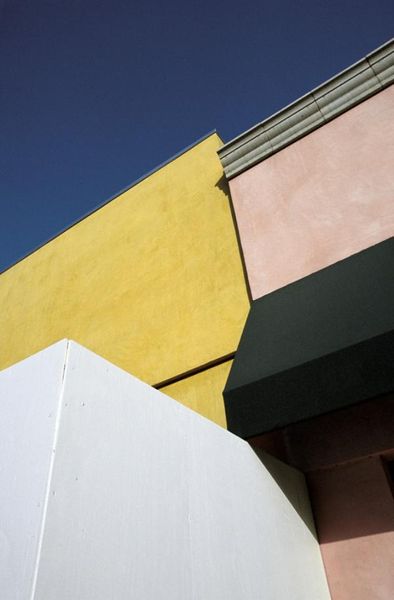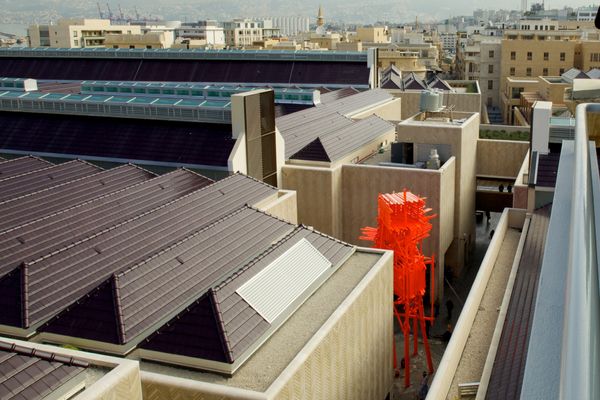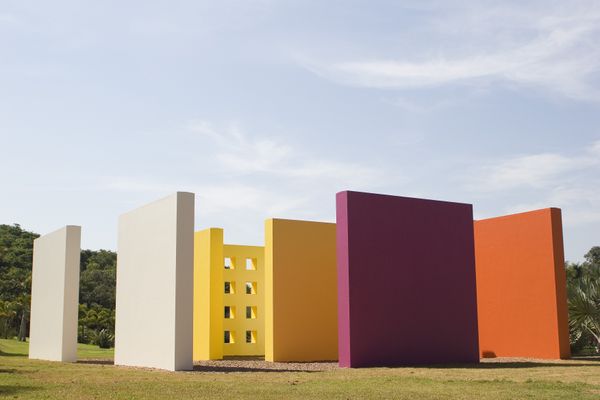
public-art, sculpture, site-specific, architecture
#
brutalist
#
public-art
#
form
#
geometric
#
sculpture
#
site-specific
#
line
#
modern architecture
#
modernism
#
architecture
Copyright: Noguchi Isamu,Fair Use
Curator: Today we are observing "Gate", a sculpture crafted in 1969 by Isamu Noguchi. It's quite a striking work in terms of public art. What are your initial impressions? Editor: Monumental is my first thought. Its size makes it imposing, a clear architectural statement using simple geometric shapes, predominantly linear. I am also drawn to the juxtaposition of colours—the arresting vermillion playing against the stark, grounding black. Curator: The choice of red and black are intriguing. Consider the gate as an archetypal symbol of transition. The intense red may speak of boldness, or passion associated with entering a new space. But the solid darkness of the opposite pillar complicates this notion. Editor: I see your point. The black indeed feels like an anchor, possibly representing the past, or even the unknown we face when we go through such symbolic gateways. Perhaps it even embodies subconscious reservations about change itself. Curator: Indeed, a liminal space that also acts as a statement in negative form—by obstructing one's view through architecture. Looking closer, the very shape of the gate resembles an unfinished square or even a stylized 'L'. It's more an implied entrance than a true one, it almost toys with expectations. Editor: Or an artistic commentary on boundaries, no? On the barriers erected by the architecture itself? It could also symbolize an opening that demands effort from the viewer—we must imagine the missing line, or consciously decide which space to inhabit inside this visual field. Curator: An excellent reading! Now that you point it out, the gate, when combined with building, evokes a sense of continuous structure. The shapes play off the linear arrangement, causing both alignment and disruption simultaneously within their planes. Editor: Overall, it is successful because it compels introspection. A physical gate implies entry or exclusion. However, the sculpture opens up many pathways, prompting to reconsider notions about threshold, the conscious act of 'entering' states of awareness itself. Curator: Absolutely, through the sculpture’s use of materials and line, and also with our added symbolic investigation, it achieves resonance that lasts through the ages. Editor: Indeed, I'll carry this perspective along with me after walking around this particular site for a long time to come.
Comments
No comments
Be the first to comment and join the conversation on the ultimate creative platform.
